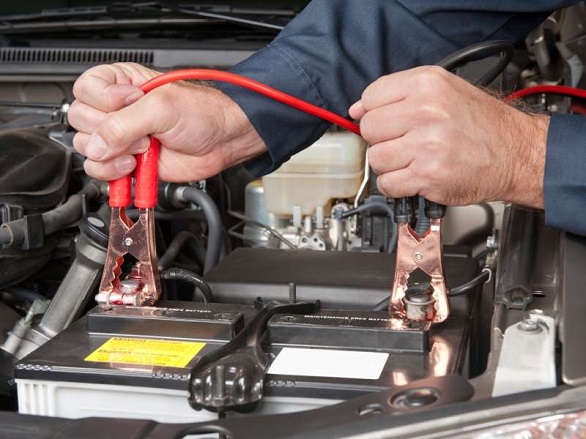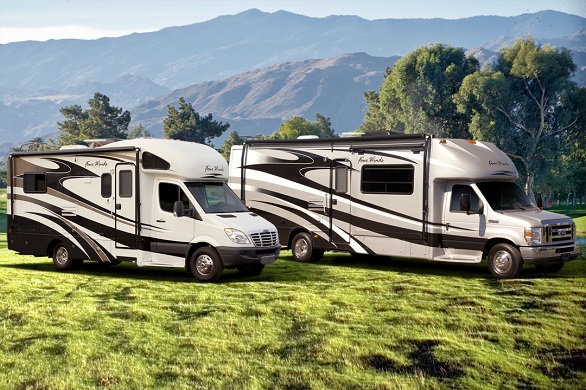With a motorhome, there are two broad areas of maintenance to think about. On the one hand there are those various snags that can crop up with any motor vehicle. On top of this, you’ve got the ‘home’ element to think about, including the plumbing, roof and electrics to name just a few.
Good housekeeping can go a long way in stopping a minor issue becoming a major breakdown problem. It also helps to have the right cover in place – including breakdown recovery – in case things go wrong, so it’s worth speaking to a motorhome insurance specialist such as Shield Total Insurance. To help keep you on track, here are some of the most common causes of breakdown and what you can do to help prevent them.
Battery problems
It’s usual for motorhomes to have two types of battery on board: the standard starter battery for running the engine and a 12-volt ‘leisure’ battery providing a continuous power flow to the habitation appliances such as the water pumps and lighting.
Even new leisure batteries have to be well maintained to prevent you from running out of power. If you are on a serviced campsite, this problem is taken care of by the fact that you’ll be hooked up to the mains supply. If your motorhome is lying idle or in storage, be sure to follow the manufacturer’s guidance on giving it regular top-up charges. A dedicated leisure battery charger is a good investment for ensuring safe charging, helping to avoid the type of plate damage and deterioration that can arise from overcharging.

Battery Problems
Engine troubles
Rather than major ‘hidden’ faults, the type of engine problems that most often cause motorhome breakdowns are linked to wear and tear. Looking out for warning signs and keeping on top of your servicing schedule can help prevent a lot of them. At your end, this includes topping up coolant and antifreeze as required and changing filters regularly. Check engine oil levels and have the engine looked by a mechanic if oil consumption seems unusually high as this can be a sign of an underlying problem. All of this is especially important before a long journey.
Water damage
When left untreated, a seemingly minor leak into a motorhome can lead to a major problem. This can include deterioration of whole sections of bodywork such as the roof or walls without you necessarily realising. Carry out regular inspections of all body seams and sealants on the roof and across door and window openings. Any that show signs of cracking or separation should be resealed.

Motorhome
Tyre damage
The simplest way to prevent a tyre issue turning into a breakdown recovery problem is of course to have a spare on board that isn’t flat or broken. Also, make sure that your jack works properly – and that you know how to use it.
Your original motorhome tyres are likely to be within the ‘Light Commercial’ (C) category. When replacing them, you should not deviate from the specification set out by your manufacturer. Check tyre pressure regularly. Incorrectly pressurised tyres can mean poorer handling, reduced fuel efficiency, greater wear and tear and a bigger chance of a blow-out. If your motorhome has remained stationary for the winter, check carefully for signs of deterioration, such as sidewall cracking.
Bodywork damage
Compared to your car, all that extra height and width on your motorhome increases the chances of the type of knocks that can sometimes be enough to cut your journey short. This can include overhanging branches, right through to being caught unawares by a low bridge in an A-Class tourer. Planning your route in advance can help you flag up any potential obstacles. Remember what you’re driving and stay cautious, including checking clearance beforehand rather than turning blindly into narrow roads. Make use of your passenger for guiding you in and out of narrow gaps.
Regular checks, staying on top of maintenance and taking it easy on the road: all of this can go a long way in keeping common motorhome breakdown problems at bay.













